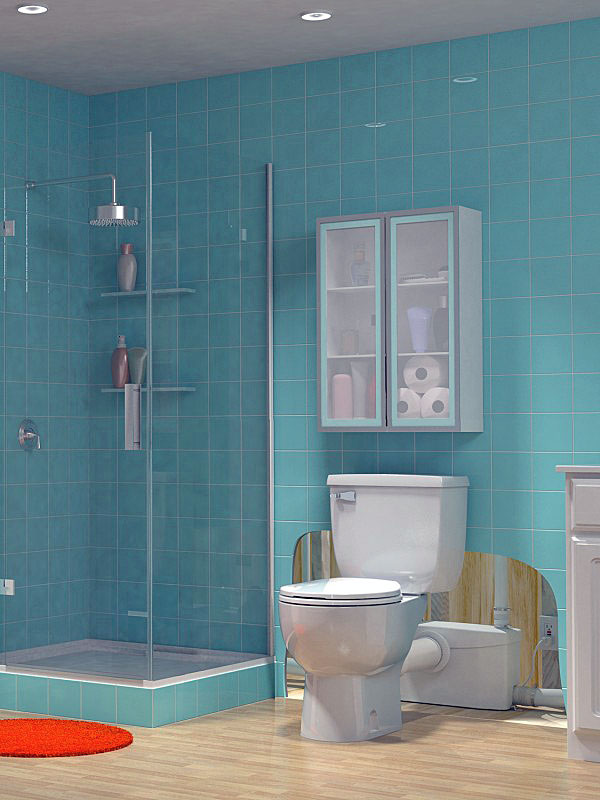SoreThumbs
New Member
I'm installing a self standing rear flush toilet in a basement. The toilet will empty into a macerating ejector system (Saniflo or equivalent). The question is about venting. I know that the Saniflo vessel needs to be vented to atmosphere. The question is, does the toilet itself need a fixture vent?
I'm not sure how this would even be possible as the toilet trap arm coming off the back of the toilet is only about 12" or less.
I'm not sure how this would even be possible as the toilet trap arm coming off the back of the toilet is only about 12" or less.

